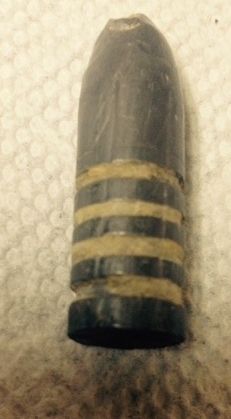Yesterday I was chronographing some loads at the public range and big 'ol wad of lube landed right in the middle of the screen where the "0" is displayed. Under the artificial lighting I couldn't tell if my chronograph was reading "0" or "8".
Then I got to thinking about how boolit lube lubricants the bore. It had been my impression from reading what others have written that lube works by compression of the boolit. But really, wouldn't centrifugal force play a bigger roll?
Recently I have taken up shooting at close range, 7 yards, and lube is splattered on the target, apparently from centrifugal force. So wouldn't centrifugal force play a part in Lubing the bore? How much of a part does centrifugal force play in Lubing the bore than boolit compression?
I'm shooting a Colt .45 SAA with RCBS .45 270 SAA cast 4 parts Linotype and 6 parts plumbers lead. Sized .454" lubed with Alox over 8.0 gr of Power Pistol. Winchester cases CCI300. I've been casting for years and my cast boolits make cleaning after shooting a breeze. Not leading what so ever unlike store bought boolits.
My close range shooting consists of drawing and firing usually at playing cards at about seven (7) yards.

|
   
   
|


|




 Reply With Quote
Reply With Quote













 DougGuy
DougGuy







